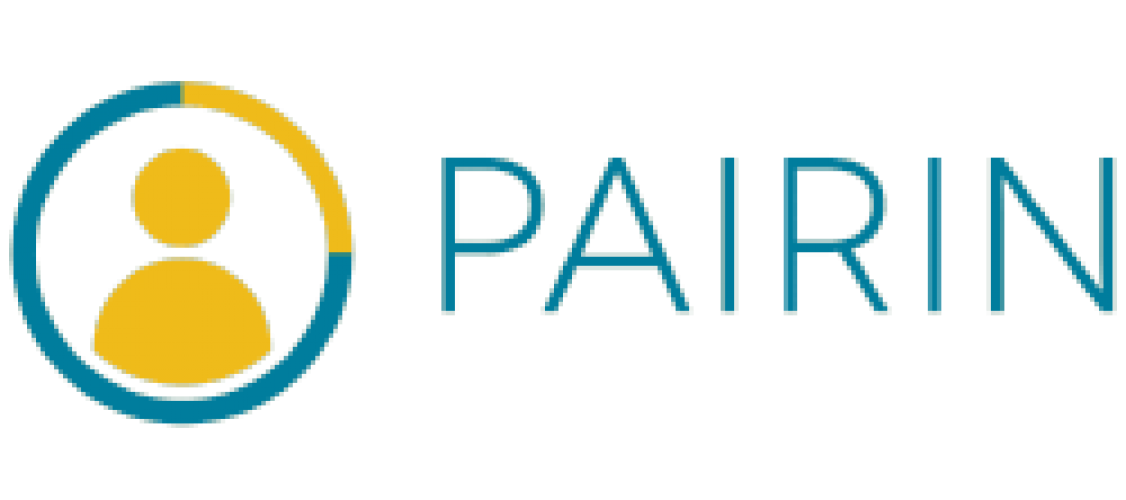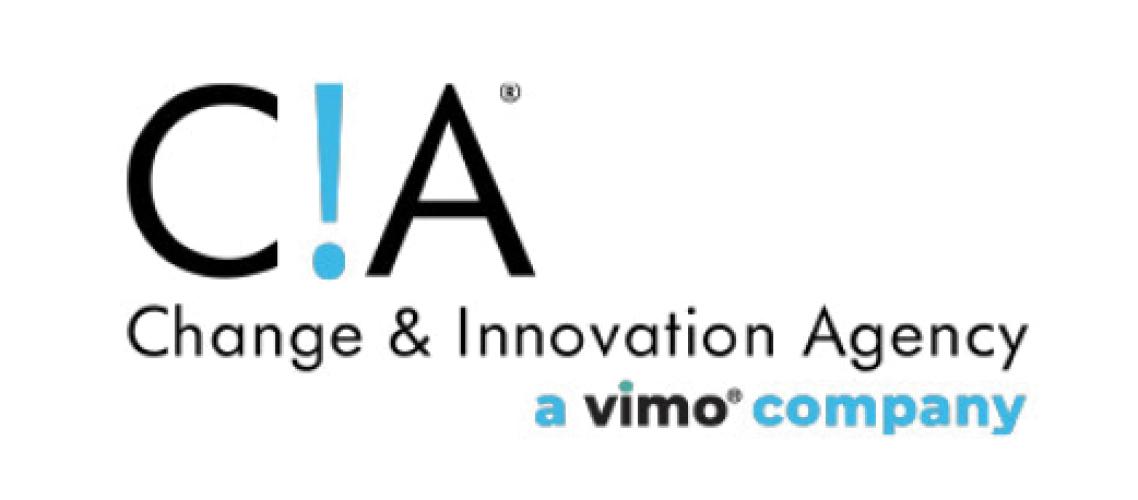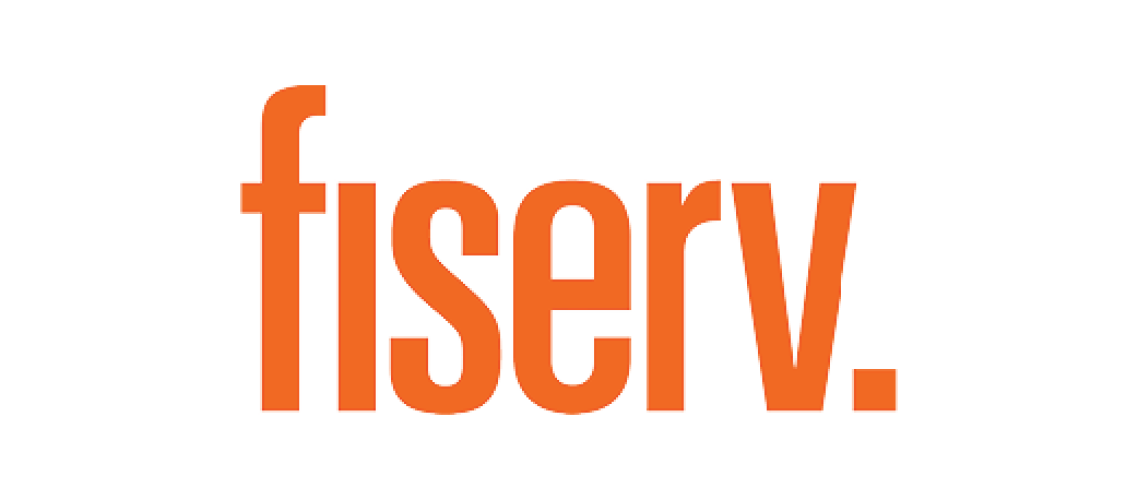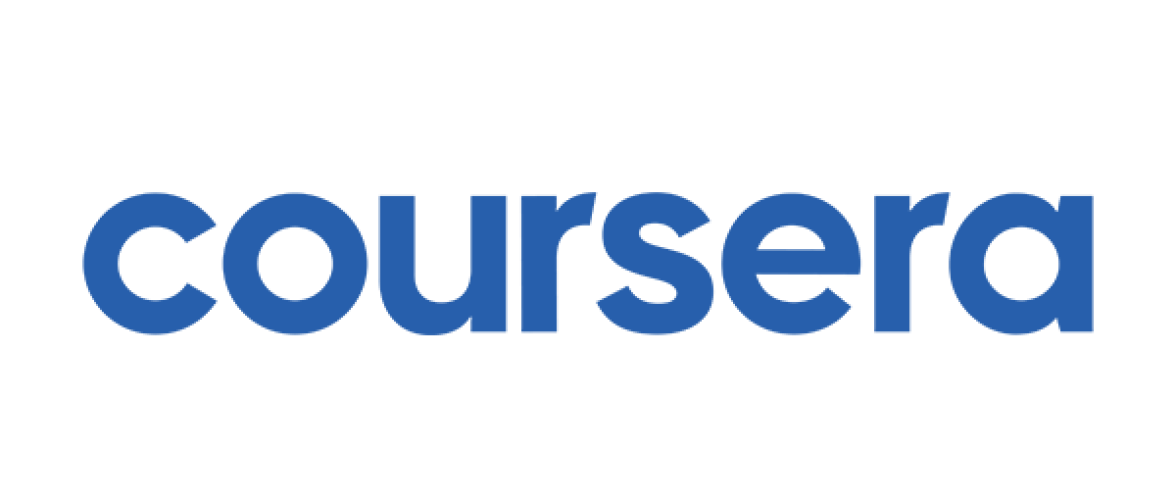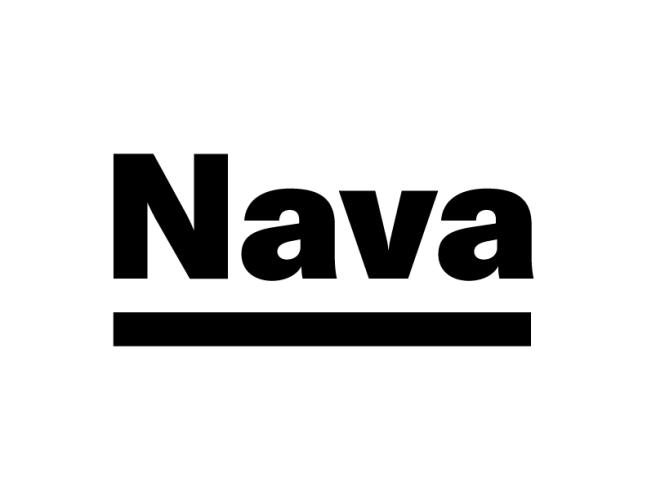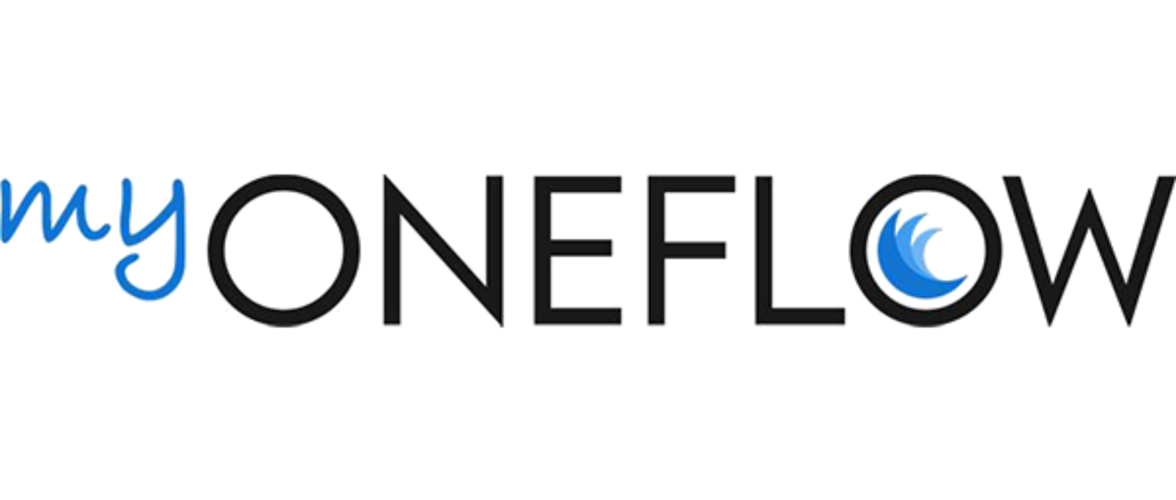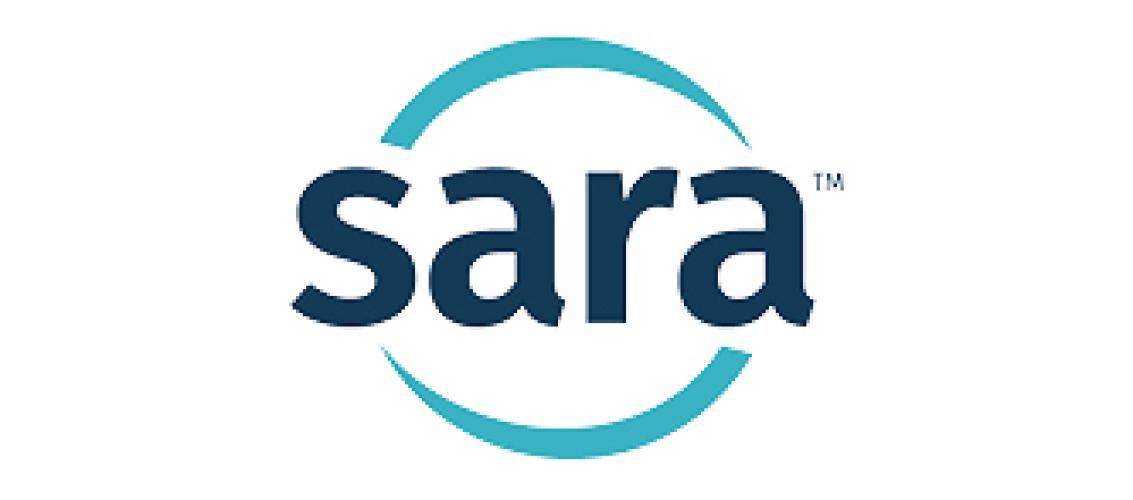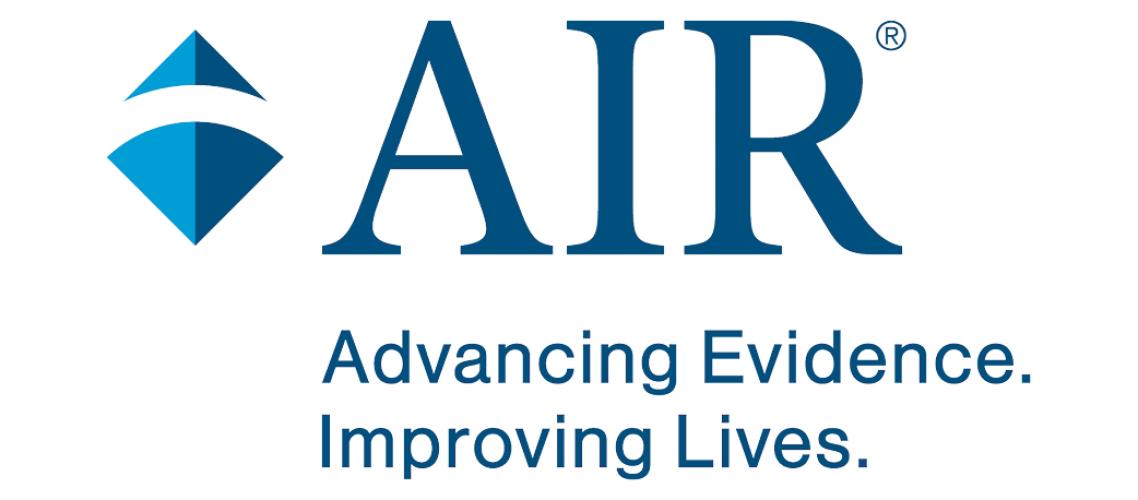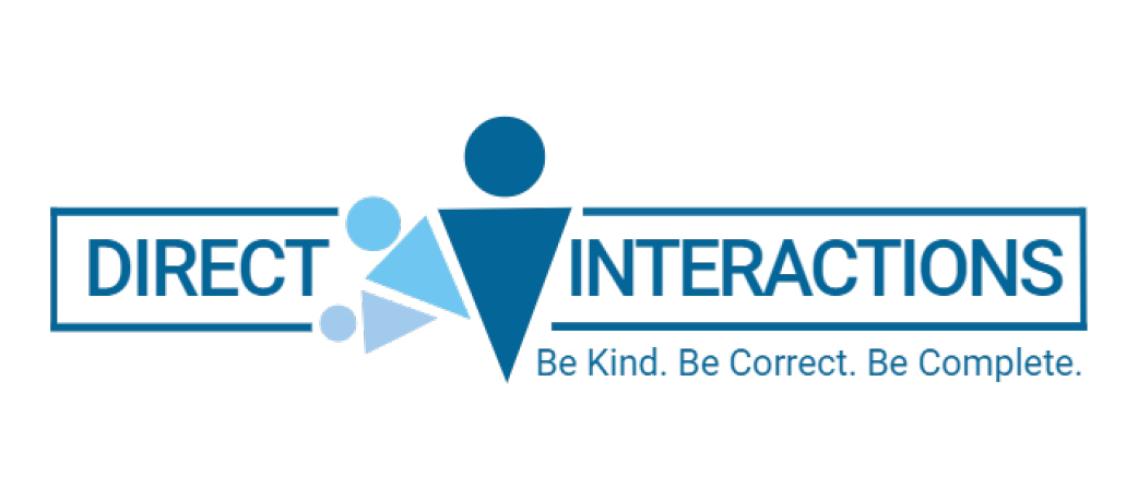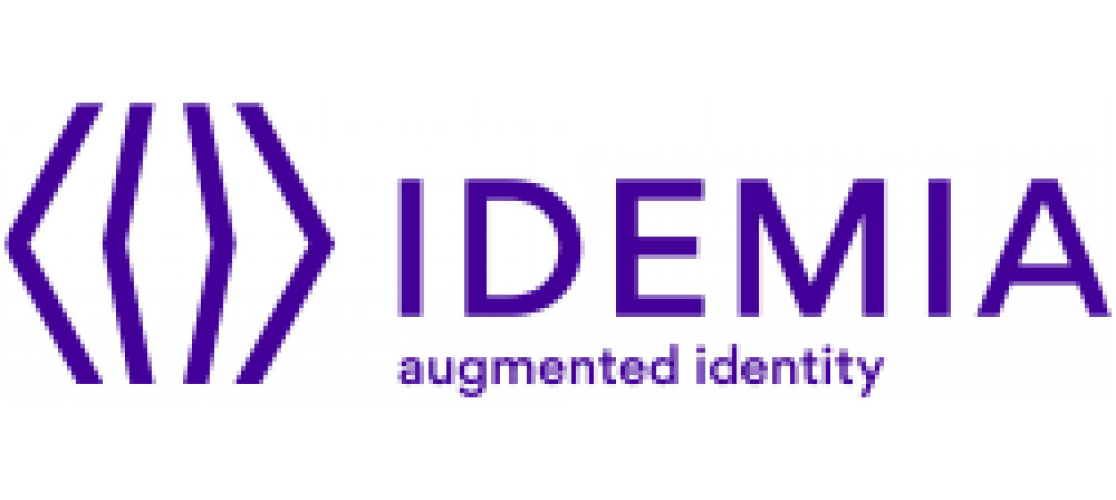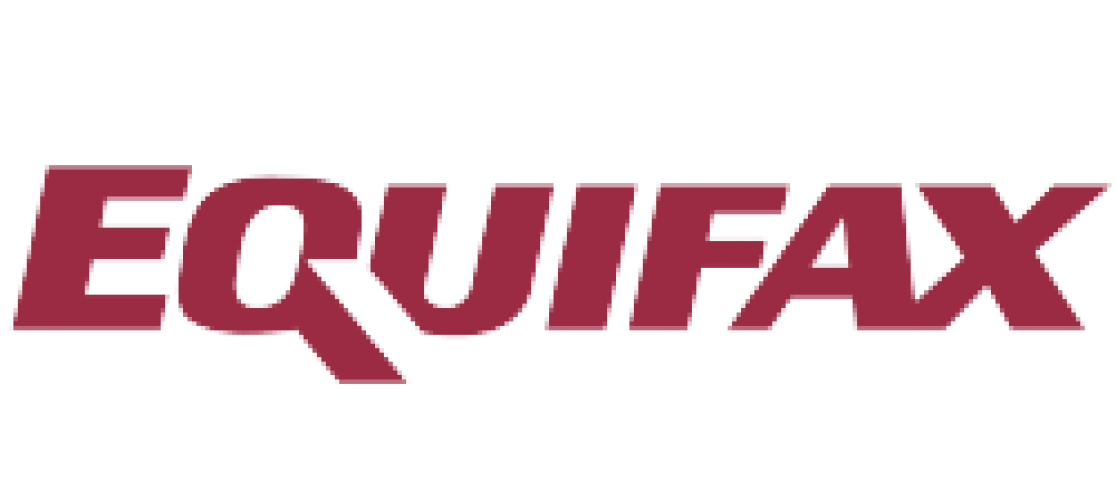NASWA State Supplemental Funding Survey FY 2017
Over the last 24 years, the National Association of State Workforce Agencies (NASWA) has surveyed state workforce agencies to determine the amount of state funds used to supplement federal grants for a variety of federal workforce and unemployment insurance programs. The NASWA State Supplemental Funding Survey (Survey) is the Association’s longest running survey, with NASWA collecting supplemental funding information from states since 1994. The NASWA Survey, sponsored by the NASWA Administrative and Finance Committee (A&F), helps gauge the actual expenditures for Unemployment Insurance (UI), Wagner-Peyser Employment Services (ES), Workforce Innovation and Opportunity Act (WIOA) programs, labor market information (LMI) activities, interest payments on Title XII Unemployment Trust Fund Advances, and any other activities supported by state funds that cannot be classified into one single category.
The Survey also captures how states have spent the funds allocated to them from Reed Act distributions. Reed Act distributions, authorized under Section 903 of the Social Security Act, are implemented when the three federal accounts in the Unemployment Trust Fund (UTF) exceed their statutory limits at the end of a federal fiscal year. If this occurs, excess funds may be transferred to the individual State accounts in the UTF. These transfers are called "Reed Act" distributions.
In October 2017, NASWA released the latest State Supplemental Funding Survey to state workforce agency Administrators and Finance Directors requesting supplemental funding data for FY 2017 (year ending June 30, 20171). Fifty states plus the District of Columbia and Guam responded to the Survey. This makes four of the last five years where all states have responded to the survey. The states not responding in 2015 had relatively small expenditures in past surveys.
In reporting supplemental funding information for FY 2017, NASWA asked states to specify the source of state supplemental funds and the amount from each account used for the programs and operations mentioned above. The four categories of funding sources include: State Penalty and Interest, State General Fund, State Administrative Tax, and Other Funds.


